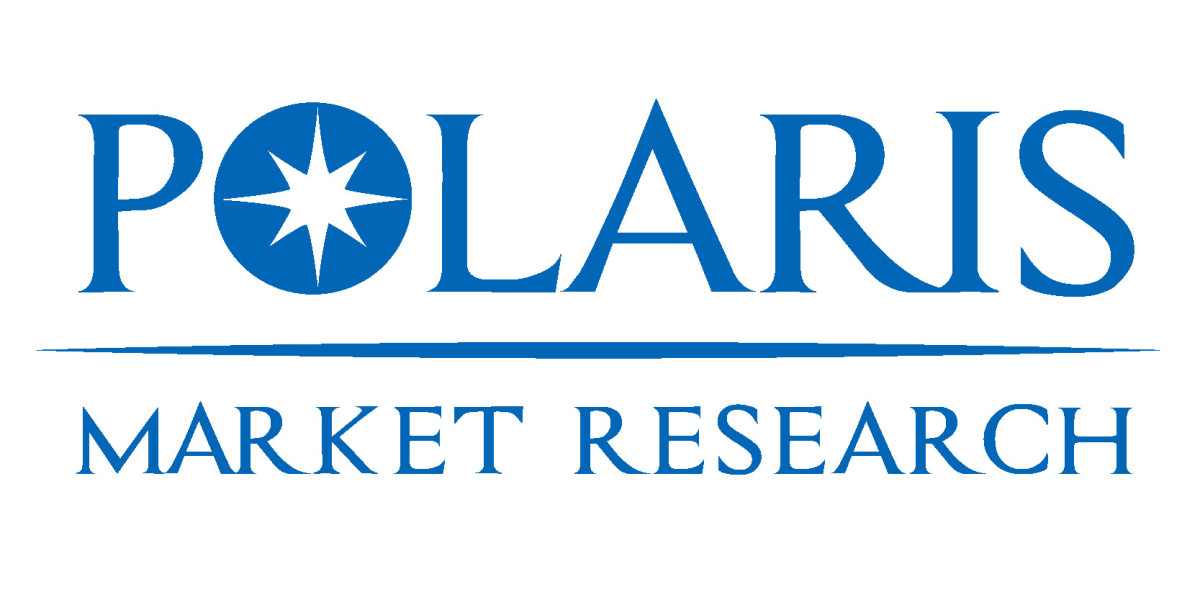Automotive Market Stats
The global automotive market size was valued at USD 3,996.86 billion in 2024. It is expected to grow from USD 4,262.19 billion in 2025 to USD 7,705.52 billion by 2034, at a CAGR of 6.8% during 2025–2034.
Automotive Market Introduction
The automotive market encompasses the design, development, manufacturing, marketing, and sales of motor vehicles. These primarily include passenger cars such as sport utility vehicles (SUVs), multi-utility vehicles (MUVs), hatchbacks, and sedans. Commercial vehicles like light commercial vehicles (LCVs), heavy trucks, and buses & coaches are also included. This market is critical to the global economy, with a complex supply chain involving raw materials, parts suppliers, and manufacturers.
The increased emphasis on safety and regulatory compliance is one of the major factors driving the automotive market growth. Governments globally have enforced stringent regulations to reduce road fatalities and improve vehicle reliability. For instance, in June 2024, the EU introduced new rules on general vehicle safety for all new automobiles sold. The new rules mandate advanced driver assistance systems (ADAS) for all new vehicles, requiring features such as automated braking, drowsiness detection, and intelligent speed assistance. They are expected to save 25,000 lives and prevent 140,000 serious injuries by 2038. Such regulations have compelled automakers to integrate these safety measures, influencing vehicle design and production processes.
Rising investments in research and development (R&D) are influencing the automotive market expansion. Automakers and technology providers are allocating substantial funds and resources to develop new technologies like electric vehicles (EVs), connected car systems, autonomous driving technologies, and advanced safety features. For instance, in September 2023, Toyota invested USD 8 billion to expand its battery electric vehicle (BEV) production in the US. The investment includes the development of advanced battery technologies and the establishment of a new battery manufacturing plant in North Carolina, aimed at supporting Toyota's transition to electric mobility and meeting the growing demand for EVs. This surge in R&D spending is meant to enhance the performance, safety, and overall quality of vehicles.
Automotive Market Dynamics
Rising Demand for EVs
The growing environmental awareness and the global shift to reduce carbon emissions have led to significant adoption of EVs. For instance, a 2024 report by the IEA indicated that electric car sales increased by 3.5 million in 2023 compared to 2022, representing a 35% year-on-year growth. This surge is fueled by supportive government policies such as tax incentives, subsidies, and stricter emission regulations, which have made EVs more accessible and attractive to a broad consumer base. In addition, advancements in battery technology have improved vehicle performance, increased driving range, and reduced charging times and manufacturing costs. Automakers are responding to this shift by increasing investments in electric mobility. Furthermore, the expansion of EV charging infrastructure and rising consumer preference for cleaner transportation options have accelerated the transition to EVs, impacting the automotive market development favorably.
Growing Integration of Advanced Technology and Connectivity
Vehicle owners now expect seamless digital experiences, from voice control and real-time navigation to over-the-air updates and integration with cloud-based systems. In response, automotive manufacturers are integrating advanced technologies such as artificial intelligence (AI), machine learning (ML), and the Internet of Things (IoT) to improve both user experience and operational efficiency. This shift is not only improving in-car features but also transforming vehicle development, diagnostics, and safety systems. For instance, in January 2025, BMW Group introduced a new Mobile Data Recorder (MDR) system integrated with Microsoft Azure AI, enabling data processing that is 10 times faster than previous capabilities. The system monitors 10,000 signals per second and uses an AI copilot to dynamically manage data access, significantly accelerating vehicle development and testing processes. These innovations highlight how advanced connectivity and intelligent data systems are becoming central to automotive design, enabling improved performance, faster development cycles, and more personalized driving experiences. Thus, the rising integration of advanced technology and connectivity is transforming the automotive market landscape.
Automotive Market Segment Insights
Automotive Market Assessment by Vehicle Type Insights
Based on vehicle type, the market is segmented into passenger car and commercial vehicle. The passenger car segment led the market in 2024. This can be attributed to increasing disposable income, rising urbanization, and changing consumer preferences. Passenger cars, including SUVs, hatchbacks, and sedans, are preferred for personal use due to comfort, convenience, and technological advancements. In addition, the segment benefits from the growing shift towards electric mobility, with several new electric car models being introduced across various price points to a wider audience. Further, government initiatives and financing options have made vehicle ownership more accessible, thereby contributing to the passenger vehicle segment dominance in the global market.
Automotive Market Evaluation by Propulsion Type Insights
Based on propulsion type, the market is segmented into ICE vehicle and electric vehicle. The electric vehicle segment is projected to witness the fastest growth during the forecast period, driven by stringent government emissions regulations, government incentives, and rising consumer awareness around environmental sustainability. Technological advancements in EVs, including improved battery range and reduced charging time, have made these vehicles more attractive and popular to a broader consumer base. In addition, automakers are ramping up their investments in electric mobility, with several planning to shift to an all-electric lineup in the next decade. Thus, as global efforts to achieve carbon neutrality amplify, the shift to the adoption of electric vehicles is projected to gain momentum, fueling the rapid expansion of the electric vehicle segment.
Automotive Market – Key Players and Competitive Insights
The automotive market has the presence of both global leaders and regional players. These players compete to capture market share through innovation, strategic alliances, and regional expansion. Regional players are trying to capitalize on localized needs by providing cost-effective and tailored solutions, especially in emerging markets. Automotive market competitive strategies include mergers and acquisitions, partnerships with technology providers, and the introduction of innovative models to cater to evolving consumer preferences. A few of the key players in the market are:
- BYD Company Ltd.
- General Motors
- Honda Motor Co., Ltd.
- Hyundai Motor Company
- Mercedes-Benz AG
- Nissan Motor Co., Ltd.
- SAIC Motor Corporation Limited
- Stellantis Europe S.p.A.
- Suzuki Motor Corporation
- Tesla
- TOYOTA MOTOR CORPORATION.
- Volkswagen Group








